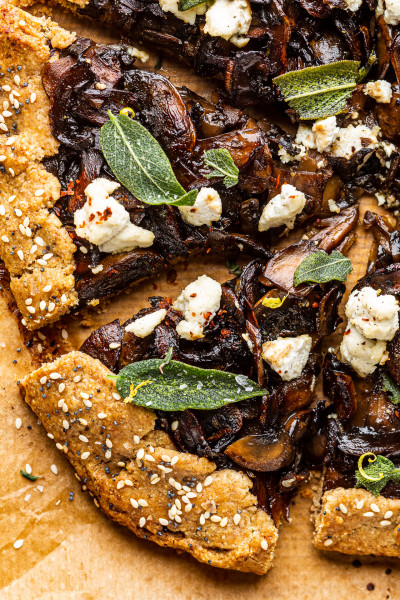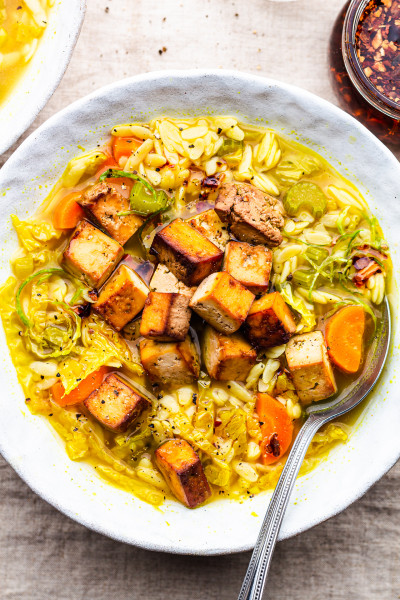
Yesterday, I decided to get my fingers dirty and replant some of my basil seedlings that, despite my legendary lack of gardening pizzazz, have surprised me with their prolific numbers. I planted them from seed and I sowed them quite liberally as I did not believe they would germinate at all. I was maybe being a touch too pessimistic, but this is solely based on my past experience.
It is a standing joke between Duncan and I that whenever I buy a houseplant, it will become an emaciated and browned version of its past glorious self within a matter of weeks. I’ve done that to a number of plants, including some succulents. I just never seem to get it right.
Everything goes well to begin with, I do a little research and the moment my attention goes elsewhere, they just start to die on me all of a sudden! When I go to research ‘what do these funny spots on the leaves mean’, it’s similar to Googling any common human disease symptoms: tiredness, headache, muscle ache, nausea – it could literally be anything with each ailment requiring a diametrically different course of action.
I find that the gardening world isn’t too dissimilar. It can be too little water, too much water, too little or too much drainage, too little sun, too much sun, too little potassium, too much potassium…you get the gist. I’m sure many of you are like “you get a feel for these things”, but for a beginner with strong perfectionist tendencies like me it is usually when I get really overwhelmed and vow not to buy another plant ever again as ‘plants are backstabbing a*&holes’ 😉 .
Okay, I don’t really mean it. I do love plants and I dream of being able to turn my house into an urban jungle or make our garden look more like a green sanctuary, so I am not giving up just yet. I had a little talk with myself and decided to take it slow, step-by-step and to rein in my impatience a little. I’ve decided to start with herbs as I love cooking with them so much. First up, basil. I planted it from seed and put them on a sunny sill, after about 10 days, little leaves (which, I later found out, are called cotyledons) showed up and I was ecstatic. A few more weeks of sun, shelter, watering and love and the first true leaves peeked out and the plants started to look like actual basil.
After a while, little plants have started to jostle for space so I grabbed two large pots I had lying around and replanted some of them, giving them a bit more room to grow. Duncan has offered me some of our homemade compost, which to my dismay was full of wriggling worms and wood lice – you should have seen the look on my face. I mixed shop-bought compost with some of ‘our compost’ but it was really hard going as the matter hadn’t fully decayed yet and prizing the worms out of it and returning them to the compost heap was tricky and pretty challenging mentally (their wriggling slimy bodies give me the creeps big time). I later found out that our compost is not yet fully mature, which explains why this was such an arduous task.
All in all, I managed to replant two out of my five mushroom trays of basil and today I plan to get more pots and to finish the job. I used up my pots and had some leftover seedlings so I decided to plant them straight into the ground. As the nights are still really cold, I put a big plastic box over the seedlings overnight so that it traps some warmth for them and makes a bit of a makeshift greenhouse. In the morning, I excitedly went to check up on my basil brood and the indoor specimens were (still) thriving – looking like they took to the transplanting quite well. I was beginning to feel proud of myself until I uncovered the box over the outdoor seedlings. I was being gas lit by what I saw. Half of the plants were gone. No leaves whatsoever…nada! Then I looked closer and two others had big holes eaten out of them. Argh….slugs!!! It’s like they knew how to hurt me the most…
Recipewise, I felt like something crunchy and savoury so I’ve decided to recreate the onion-flavoured crackers that my gran used to make. She would cut them up into tiny, fingerpad-size pieces with her pastry cutter and hers had poppy seeds in them. They were deliciously addictive! I made mine with onion and fresh rosemary from my garden (I cannot take any credit for that, I guess I can take credit for not having killed it yet 😉 ). I used spelt flour as I think that it’s coarseness and nutty flavour lends itself really well to these savoury nibbles. These crackers are easy to make and a delicious snack. I like to have them with the sunflower seed version of my homemade ricotta cheese and a sprinkle of pistachio dukkah. I tend to have them on their own, but Duncan, who is a craft beer aficionado, says they go well with beer too. I hope you’ll enjoy. x






- 240 g / 2 cups wholemeal spelt flour
- 4 tbsp / ¼ cup nutritional yeast
- 1 small onion, grated or super finely chopped
- 2 tbsp chopped fresh rosemary leaves
- 1 tsp baking powder
- ½ tsp black pepper
- heaped ¾ tsp salt
- 6 tbsp / 90 ml olive oil (or other oil)*
- Place the first 7 ingredients in a mixing bowl, stir well. These have a pronounced onion flavour, use half if you want a milder version (and more water in step 2).
- Add in olive oil, rub it into the rest of the ingredients with your fingers, next add just enough water to bring the dough together – approx. 30 ml / 2 tbsp. The exact amount of water needed depends on the size of your onion and, if you use cups, on how accurately you measured the flour.
- Rest the dough in the fridge for at least 30 minutes.
- Preheat the oven to 175° C / 350° F (no fan setting). Divide the dough into two and gently flatten it with a rolling pin. Roll it out to 3-4 mm / 1/8″ in thickness and cut up into pieces using a pasta or pizza cutter.
- Bake for about 25-30 minutes, until golden. Allow to cool down. Store in an airtight container. I served mine with a sunflower version of this cheese and a sprinkle of dukkah made with pistachios rather than hazelnuts.









You can skip if you wish, I did make one batch of them without it by accident and they were fine. They are a little softer with it. Hope this helps! Anna